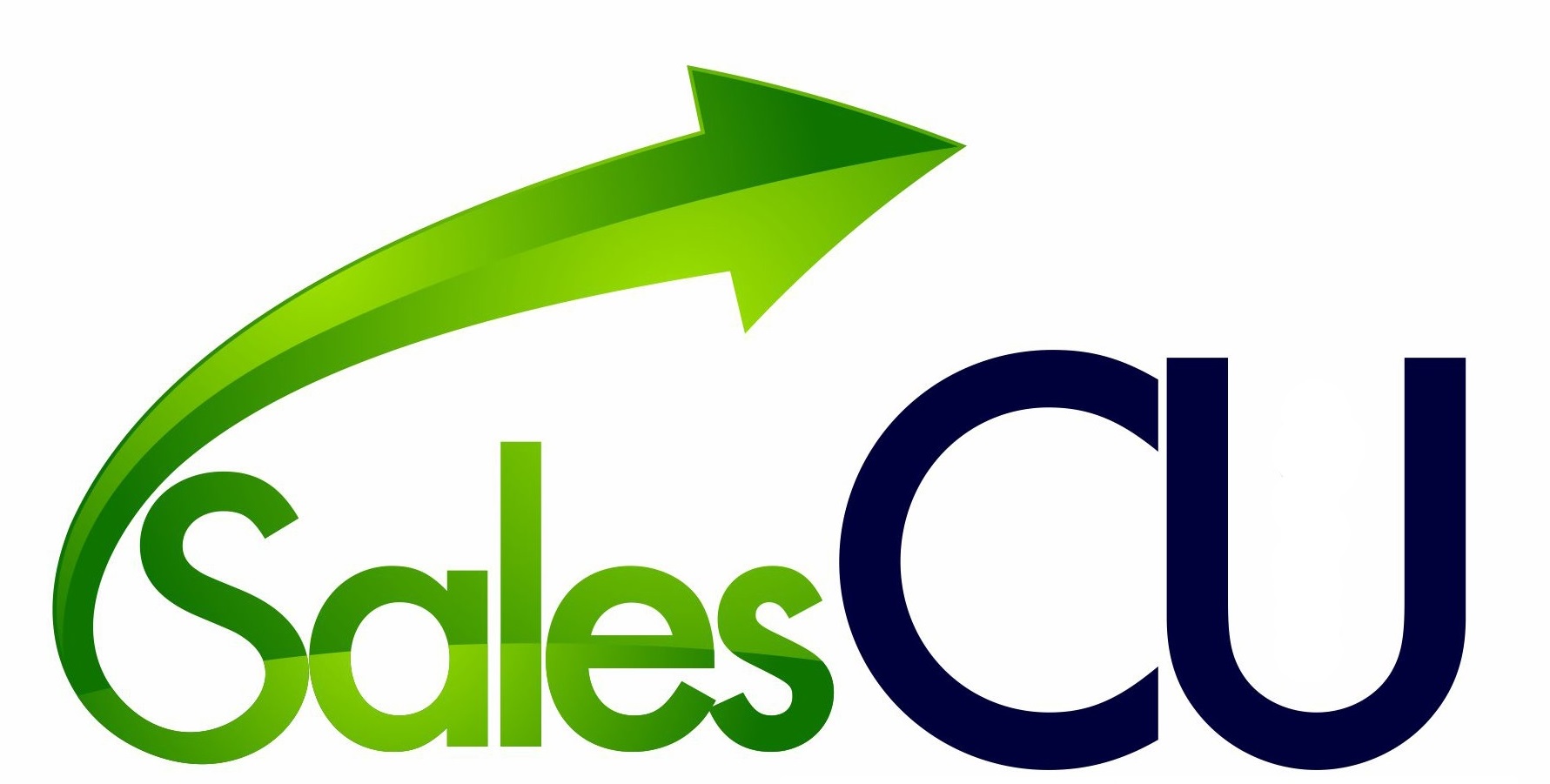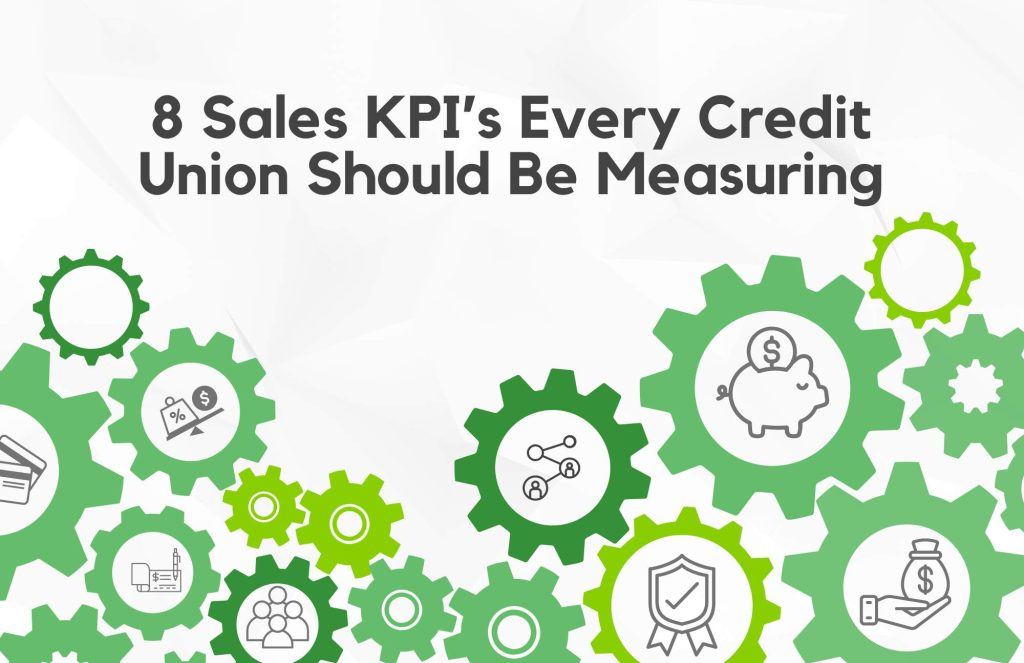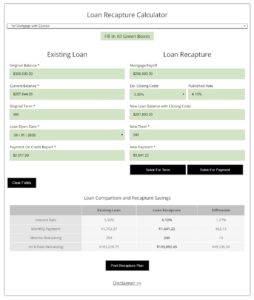What is the most important conversation a credit union has with its members? This is a question I sometimes pose to credit union sales leaders and senior salespeople who attend our training workshops. It garners a lot of discussion and prompts answers that range from, “every conversation is important” to, “the conversation you never have.” That last one is quite clever and not too far from the truth.
As I let the discussion continue some will accuse me of asking a trick question, that there is no right answer. It’s not a trick question. There is one member conversation that is by far more important than others. It is the member interview.
Many studies, including one from BAI titled, “Quest for Deposits: The Ninety Day Window of Opportunity,” suggest that the bulk of product and service cross-selling takes place in the first 90 days of a new member relationship. Meaning, if after 90 days a new member only has a savings and checking account, there is a high likelihood that these are the same core products the member will have in two years, five years, and beyond.
Most credit unions state that their goal is to become their member’s primary financial institution. However, fewer than half of the credit unions I observe conduct the kinds of conversations necessary to capture and retain that type of relationship. And, of those credit unions that are interviewing their members, most are not doing a complete job.
Here is what the majority of member interviews sound like:
Employee: So, what brought you in today?
New Member: I need to open a checking account.
Employee: Great, what kind of checking account are you looking for?
New Member: Just your free checking account.
Employee: Absolutely. We have a great free checking account here at the credit union I can get set up for you. Are you already a member?
New Member: No.
Employee: No problem, let’s get started opening your new account and that free checking. I just need to get your name, social security number, and address, and we can get that set up for you…
Certainly, this conversation will likely capture a checking account relationship. And perhaps the service representative might help the member set up some ancillary products such as direct deposit, a debit card, and possibly even some online services. The service representative may even feel that she did a good job helping the member and processing her request. She may even be praised for capturing five products in that interaction. However, the reality is that she missed more opportunities than she captured.
It is estimated that the average adult has between thirty to forty financial products and services including traditional banking products, loans, investments, insurance, and other financial management accounts. While credit unions do offer most of these accounts, a study published by GoBankingRates shows that most consumers have less than four products and services at any one financial institution.
What is the problem? Why do so many consumers have their finances divided between so many different institutions? And why are credit unions not capturing their members’ full financial relationships? Simply put, the credit union is not identifying the opportunity and is not asking for it.
As in the example above, most credit union service representatives focus only on what the member specifically asks for. This order-taker approach to service leaves them blind to the actual opportunity being presented by the member and provides a false sense of accomplishment. As a result, it never improves.
A member interview is an extended, question-based conversation conducted when a new or existing member engages the credit union to open a new account, add a new core product on an existing account, is experiencing a complex problem with their account, or requests to close their account.
In each of these examples, the credit union should engage the member with four objectives in mind. These four objectives are to:
- Uncover motivation and expectation.
- Align the correct core product or service to the need.
- Position ancillary products.
- Identify additional current and future needs.
In the interview example shared above, none of these objectives were accomplished. As a result, the credit union is only going to gain this new member’s checking relationship. While that is great, there was much more the service representative could have uncovered and earned. For example, where is this member’s savings relationship? Do they have a credit card, auto loan, RV loan? Do they have a mortgage, and is there a need for a home equity loan? Where are their investments and insurance products, and could we serve them better?
Early in my credit union career, I was an outbound call center agent. Part of my responsibility was to onboard members that applied online for loans. My job was to contact the member over the phone, answer questions the member had about the new loan, and then expand the conversation into additional products or services the member might need.
Many of the loans I called on were new credit cards. I would generally call about two weeks after the loan had been funded. I was shocked to see that many members had already maxed out their credit card in that timeframe. In some situations, the member had transferred a balance from another credit card. In other situations, the member had made a single, large purchase for something like a piano or a modest home improvement. Purchases that would have been better financed on a signature loan, home improvement loan, or other collateralized loan.
In the onboarding discussion, I would ask the member if there was a reason she chose to apply for a credit card. Often, I would hear something like, “was there a different option?” or, “I thought a credit card would be the best way to make this purchase quickly.” In almost every case, the loan officer had simply processed the member’s request. I would try to remedy that by helping the member get the right loan and expand the conversation to also refinance an auto loan and cross-sell a checking and savings relationship.
When credit union service representatives effectively interview their members, they ensure the member gets the best products for their needs. They also uncover additional opportunities like cross-sells and upsells that help the member and bring value to the credit union.
So, how does the credit union improve interviewing? The following are three critical steps.
Clearly Define the Objective
The credit union’s service representatives need to understand that the objective of the credit union is to earn the member’s primary financial relationship, not just be the member’s order taker. This means the service representatives must take time to understand the member’s true needs when helping him with a new product or service request. The representatives need to understand that they don’t sell products and services; they sell the solutions those products and services provide.
They must also understand what other financial needs this member has beyond what is being asked for today. Diving deeper into the member’s financial life, including things happening or changing in his personal life, will often uncover an abundance of opportunity to serve. These changes include new financial needs that arise with new life events as well as products and services the member is already using that the credit union could serve better. In many situations, the representative will find financial needs the member doesn’t even know they have and then can begin making recommendations and offering solutions.
Provide Effective Training
Conducting effective, purposeful member interviews is not easy. It doesn’t come naturally for most, and it isn’t something that a representative is going to figure out on her own without some training.
Credit unions should provide training that clarifies the goals and objectives of the member interview and especially teaches employees how to ask effective questions to accomplish the objectives. Role playing must be part of the learning process. Role playing builds clarity of purpose and provides a safe learning environment to gain experience.
Include Coaching and Accountability
Studies show that most adults retain only thirty percent of information they learn in workshops and seminars after the first twenty-four hours. Studies also indicate that retention fades significantly after the first thirty days to less than ten percent. If our team members are not retaining knowledge, how can they apply it? Certainly, a credit union could seek to improve knowledge retention, however, the goal shouldn’t be to retain the knowledge from training; the goal should be to convert knowledge into skill and habits that lead to reliable results.
The best way to help team members convert trained knowledge to results is to help them apply it right away. It’s all about application with continual guidance and direction. This is where coaching and accountability come into play.
Accountability has two parts. Part one includes giving clear directions and expectations. Part two is the follow-up from the leader/coach as the method to ensure expectations are being fulfilled. Accountability works as the “bookends” of exceptional employee performance.
When a team member has been given a clear expectation and knows he will have to report back on these expectations, he is more likely to follow through. There is a higher level of ownership and recognition of culpability.
Training and accountability are incomplete without the help and direction from a committed coach who is invested in the success of her team members. Coaching includes observation, planning, development time with each team member, and accountability.
Once a service representative has completed interview training, he needs to understand that the interviewing process will be applied starting with the next member. Training should have provided the methods for conducting an effective interview so the coach will simply ensure those methods are being applied correctly. This is done through observation and one-on-one practice. The coach will then provide feedback and an opportunity to improve with modeling and role playing. To complete the process, the coach will renew the interviewing expectation and the framework for accountability.
Where to Begin
Many credit unions lack all three of these critical steps. The good news is that interviewing can improve without the training, coaching, and accountability framework in place. Certainly, a credit union should be working towards building these steps with internal and external assistance; however, it does not need to wait.
A credit union can begin improving the effectiveness and consistency of its member interviews by making it a point of focus. Leaders can be tasked with observing member interviews in action. Ask leaders to assess what is working and what is not working and discuss these observations as a leadership team. Leaders can ask team members to also share their thoughts and observations, effectively getting everyone thinking through and assessing the interviewing process. This collective focus will create positive, forward momentum.
Effective, member-focused interviewing creates value for all parties. For the credit union, it opens opportunities for better and more meaningful relationships which, in turn, drive product penetration, growth, and revenue generation. For the membership, the level of service increases and they find a credit union that operates more as a partner than simply a vendor. For the member, their needs, wants, and dreams are being fulfilled, leading them to conclude they have a financial relationship for life.







